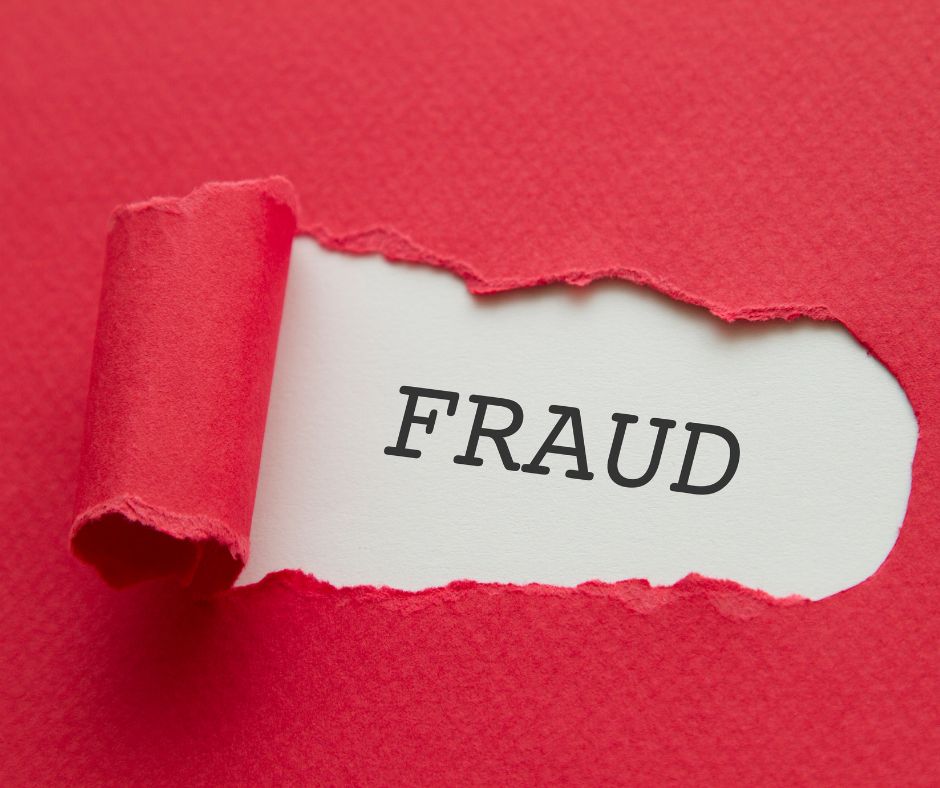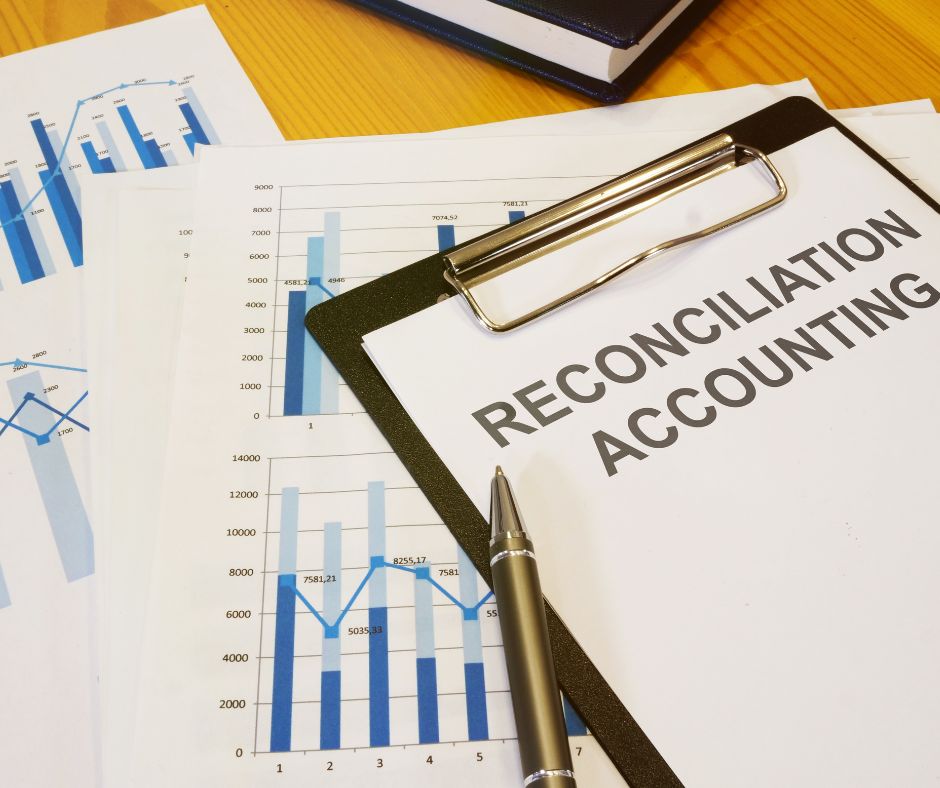Check fraud is a prevalent issue in finance, with criminals devising increasingly sophisticated methods to defraud individuals and businesses. It’s essential to employ robust systems and practices to protect your financial assets and maintain the integrity of your financial transactions. One such practice is bank reconciliation, crucial in detecting and preventing check fraud. In this blog post, we’ll delve into check fraud, explore the concept of bank reconciliation, and understand how it can be your trusted ally in safeguarding your financial operations.
What is Check Fraud?

Check fraud encompasses various illicit activities involving checks. Criminals often exploit vulnerabilities in the check-writing and processing system to steal money or commit other fraudulent acts. Here are some common types of check fraud:
- Forged Checks
This involves creating counterfeit checks with unauthorized signatures.
- Altered Checks
Criminals tamper with legitimate checks to change the payee or the amount.
- Counterfeit Checks
Criminals make fake checks that appear to be from reputable sources.
- Check Kiting
Perpetrators manipulate the time it takes for checks to clear, leading to inflated account balances.
- Impersonation Fraud
Criminals impersonate someone else to cash checks fraudulently.
Consequences of Check Fraud
Check fraud can have severe consequences, affecting both individuals and businesses. The following are some consequences of check fraud:
- Financial Loss
Victims of check fraud often suffer substantial financial losses, with funds disappearing from their accounts.
- Legal Consequences
Committing check fraud is illegal and can result in criminal charges and legal penalties.
- Reputational Damage
Individuals and businesses may damage their reputations due to their involvement in fraudulent activities.
What is Bank Reconciliation?
Bank reconciliation is a financial practice that ensures your financial records match your bank’s. Its primary purpose is to identify and rectify discrepancies between your and your bank’s records. Bank reconciliation involves a systematic process that helps maintain financial accuracy.
The Process of Bank Reconciliation
Bank reconciliation includes the following steps:
- Gathering Financial Data: Collect all relevant financial documents, including bank statements, receipts, and transaction records.
- Comparing Bank Statements: Compare your bank statement with your internal financial records to identify differences.
- Identifying Discrepancies: Analyze the discrepancies between your records and the bank statement, such as missing transactions or incorrect amounts.
- Correcting Discrepancies: Investigate the causes of discrepancies and rectify any errors or omissions.
- Reconciling the Balances: Ensure that the final balances in your financial records match those in the bank statement.
Importance of Regular Bank Reconciliation
Regular bank reconciliation offers several key benefits.
- Financial Accuracy
It helps maintain the accuracy of your financial records, preventing errors that may lead to losses.
- Fraud Detection
Bank reconciliation is a powerful tool for detecting fraudulent transactions and preventing check fraud.
- Operational Efficiency
By keeping your financial records in sync with your bank’s records, you can operate more efficiently.
How Bank Reconciliation Uncovers Check Fraud
Bank reconciliation is an effective tool for detecting check fraud by:
- Seeing Unauthorized Transactions: Bank reconciliation helps spot unauthorized transactions by identifying discrepancies between your records and your bank statement.
- Identifying Altered Checks: If checks have been altered to change the payee or the amount, these discrepancies will be apparent during the reconciliation process.
- Uncovering Forged Signatures: Forged signatures on checks can be identified when reconciling your bank statement with your records.
Case Studies: Real-Life Examples
Let’s explore some real-life examples to illustrate how bank reconciliation plays a pivotal role in detecting check fraud.
Examples of Bank Reconciliation Preventing Check Fraud
Imagine a business owner, let’s call her Jane, who diligently reconciles her accounts. During the reconciliation process, she discovered a significant discrepancy between her records and her bank statement. Upon further investigation, she realizes that a batch of checks was forged and cashed by an unknown perpetrator. Thanks to her proactive bank reconciliation, Jane could report the fraud promptly and recover the stolen funds.
The Role of Reconciliation in Identifying Check Kiting
Check kiting is a fraudulent practice where individuals manipulate the time it takes for checks to clear, artificially inflating their account balances. Bank reconciliation can identify check-kiting by revealing discrepancies between the recorded transaction dates and the actual clearance dates.
How Bank Reconciliation Reveals Impersonation Fraud
In a case of impersonation fraud, a criminal poses as someone else to cash a check fraudulently. Bank reconciliation can help uncover such schemes by highlighting inconsistencies in the payee’s identity and the transaction details.
The Role of Technology in Enhancing Detection
Bank reconciliation has become even more potent in detecting check fraud with the advent of technology. These are the following roles of technology in enhancing detection:
- AI and Machine Learning
Advanced technologies can analyze transaction patterns and flag suspicious activities automatically.
- Advanced Analytics
Data analytics tools can provide insights into financial data, making it easier to spot anomalies and potential fraud.
Tips for Effective Bank Reconciliation
To make the most of bank reconciliation as a check fraud detection tool, consider the following best practices:
- Regularity
Conduct bank reconciliation regularly, ideally every month, to catch discrepancies promptly.
- Documentation
Keep meticulous records of all financial transactions to ensure accuracy during reconciliation.
- Reconciling All Accounts
Don’t limit your reconciliation efforts to just one account. Reconcile all relevant accounts to ensure comprehensive fraud detection.
Tools and Software
- Choosing the Right Software
Invest in reliable bank reconciliation software or tools that suit your needs and facilitate the process.
- Automating the Process
Automation can streamline bank reconciliation and make it more efficient, reducing the risk of manual errors.
Team Training
- Educating Staff
Ensure that your financial team is well-versed in bank reconciliation practices and understands the importance of fraud detection.
- Establishing Protocols
Create clear protocols for handling discrepancies and reporting potential fraud.
In the battle against check fraud, bank reconciliation is a formidable ally. By regularly comparing your financial records with your bank statements, you can uncover discrepancies and potential instances of check fraud. As technology advances, the power of bank reconciliation as a check fraud detection tool continues to grow, offering increased protection and peace of mind for individuals and businesses. Incorporating bank reconciliation into your financial practices is not just a best practice; it’s necessary in today’s world, where financial fraud is a constant threat. As you adopt the habit of bank reconciliation and consider integrating technology like MyRetailBuddy, you enhance your ability to safeguard your financial assets and ensure your financial operations remain secure.


Leave a Reply